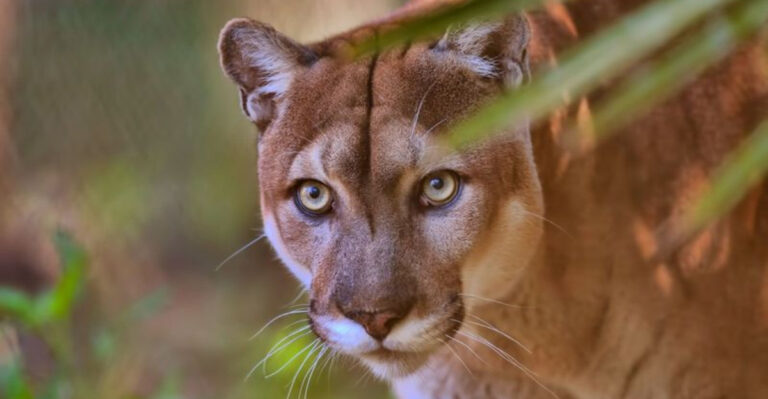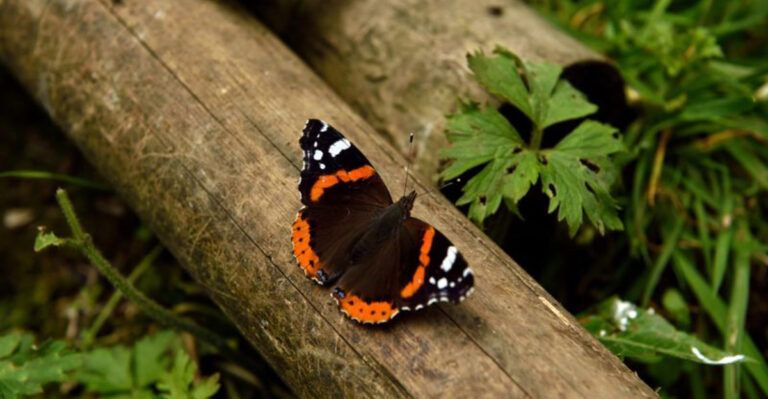Horse Populations Across America: How Many Horses Call Each U.S. State Home
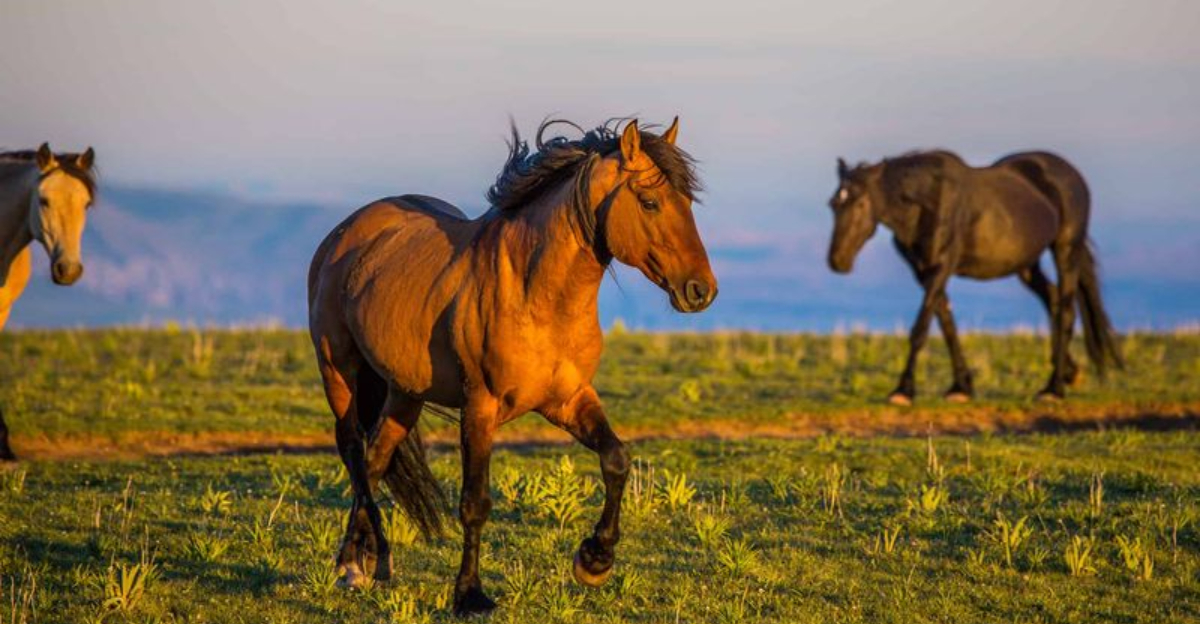
Ever wondered how many horses gallop across the United States? Horses are more than just majestic creatures; they’re a symbol of American heritage and livelihood.
Across various states, they play unique roles, from racing to ranching.
1. Alabama, Alaska, Arizona, And Arkansas
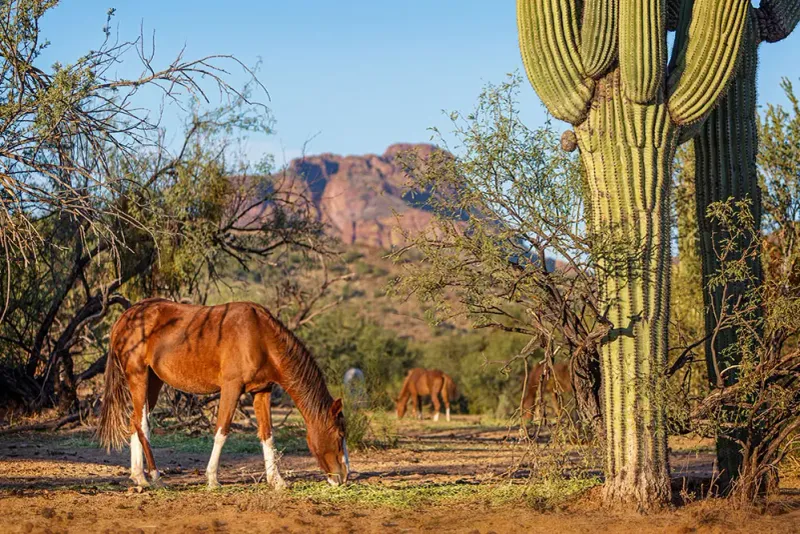
Alabama boasts 114,300 horses, thriving amid the state’s varied landscapes. Many enjoy the open fields and rural settings. Alaska, despite its colder climate, has 81,500 horses.
These equines often partake in outdoor recreation, reflecting the state’s adventurous spirit. Arizona, with its wide-open deserts, houses 142,000 horses.
It’s a hotspot for horseback riding enthusiasts, with plenty of trails to explore. Arkansas contributes to the equestrian world with 22,600 horses, adding to its rustic charm and rural beauty.
2. California And Colorado
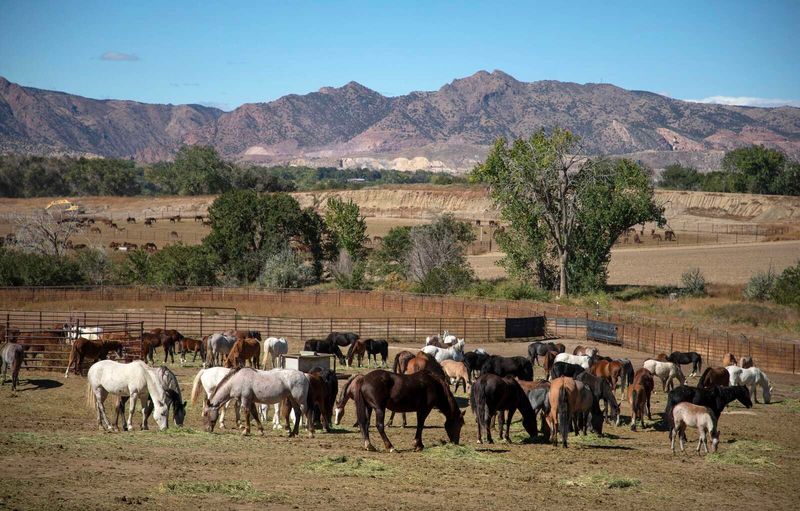
California leads the nation with a staggering 477,400 horses. The state boasts an extensive equestrian culture, stretching from coastal trails to mountain ranches.
A horse lover’s paradise, California offers everything from racing to trail rides. Colorado follows with 256,000 horses, where the mountainous terrain provides the perfect backdrop for equestrian activities.
These horses thrive in the fresh air and stunning landscapes, making Colorado another beloved home for equine enthusiasts.
3. Connecticut And Delaware
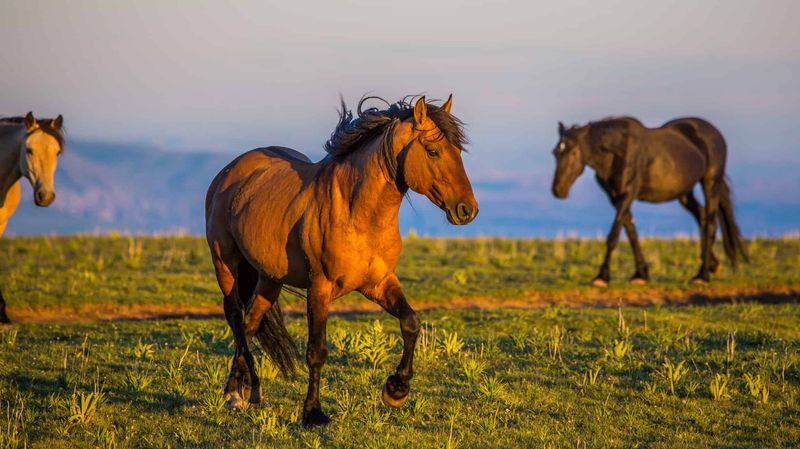
Connecticut maintains 40,400 horses, a mix of small farms and equestrian centers scattered across the state.
The equestrian tradition here is strong, with many opportunities for both casual riders and serious competitors.
In Delaware, the second smallest state, 8,000 horses grace the farmlands. These horses add to the bucolic charm of the state, often seen grazing peacefully in the open fields. They represent a significant part of the local agricultural community.
4. Florida And Georgia
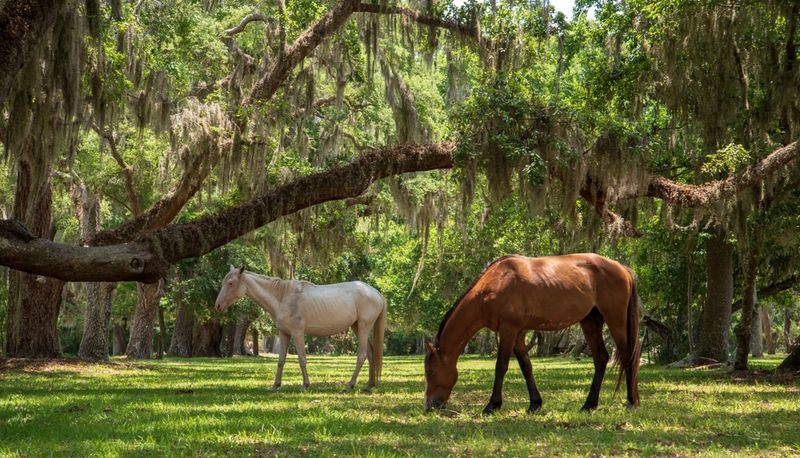
Florida is a horse lover’s dream, home to 334,900 horses thriving in the state’s mild climate. From thoroughbred racing to leisurely trail riding, horses play a pivotal role in Florida’s culture.
Georgia, with its mix of rural and urban areas, is home to 133,000 horses. They are a popular sight on southern farms, contributing to the state’s rich agricultural heritage.
The connection between the land and these majestic creatures runs deep in Georgia.
5. Hawaii And Idaho
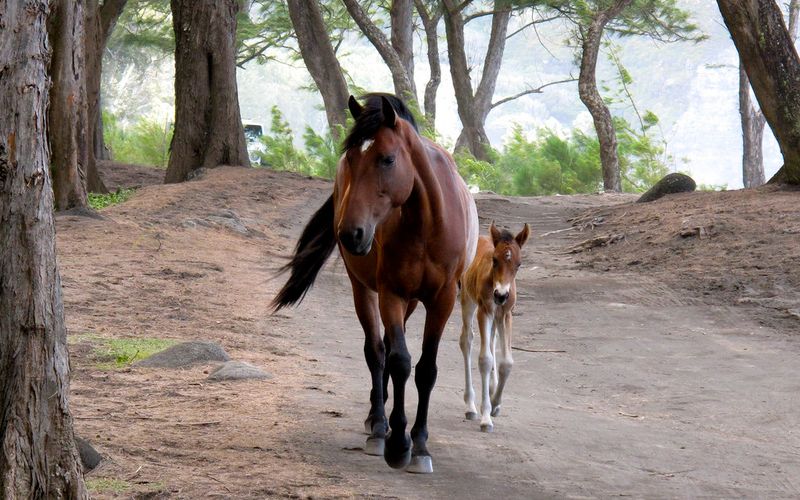
Hawaii is known for its beaches, but 6,000 horses enjoy the islands’ lush pastures. These horses add to the natural beauty, often seen in scenic settings.
Idaho, with its rugged terrain, supports 125,000 horses. This state is ideal for mountain trails and ranch work, where horses are integral to daily life.
From the mountainous north to the plains in the south, horses find a welcoming home in Idaho’s varied landscapes, creating a strong equestrian presence.
6. Illinois, Indiana, And Iowa
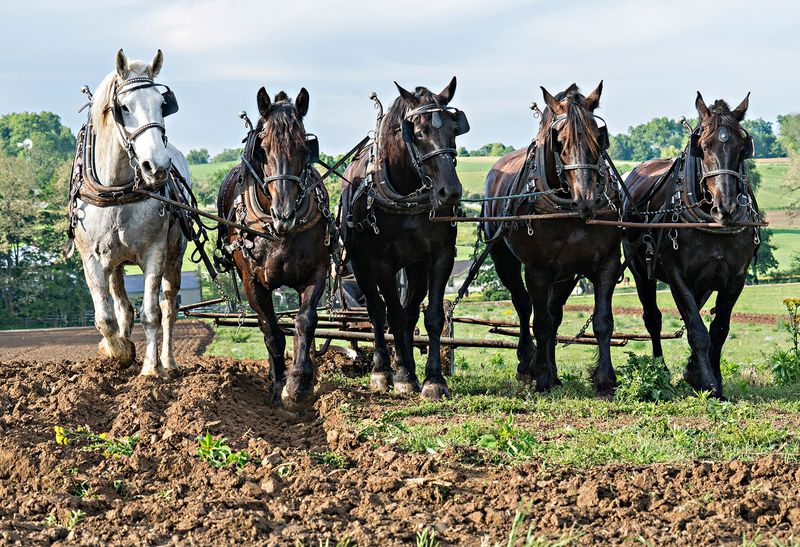
Illinois is home to 150,000 horses, ranging from show horses to those used in farm work. The state’s diverse equestrian culture is evident in the variety of events and activities.
Indiana’s 173,000 horses are a common sight in the state’s famous Amish country. These horses are crucial to the Amish way of life, used for transportation and farming. Iowa, known for its rich agricultural landscape, has 44,000 horses.
They add to the pastoral beauty of the rolling farmlands.
7. Kansas, Kentucky, And Louisiana
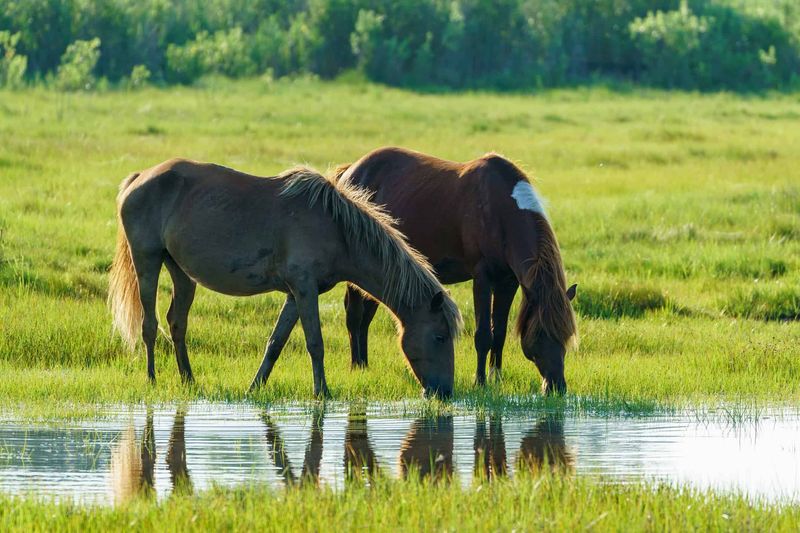
Kansas is home to 139,000 horses, thriving on its expansive plains. These horses are a part of the state’s agricultural backbone. Kentucky, famous for thoroughbred racing, proudly supports 320,000 horses.
It’s known as the “Horse Capital of the World,” with a rich history in equestrian sports. Louisiana, with its mix of bayous and open fields, has 120,500 horses.
The state’s unique landscape provides diverse environments for horses, from leisurely rides to competitive events.
8. Maine, Maryland, And Massachusetts
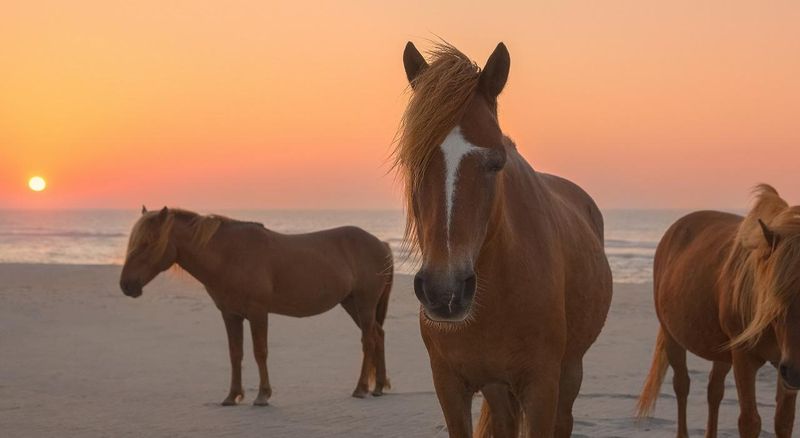
Maine’s 28,600 horses are often seen in rural settings, adding to the state’s natural charm. These horses are integral to the local communities, used in both work and play.
Maryland, with a rich history in horse racing, supports 59,200 horses. The state hosts many prestigious equestrian events, drawing enthusiasts from all around.
Massachusetts, with its mix of rural and suburban areas, has 29,500 horses. These horses are a beloved part of the state’s landscape, cherished by riders and residents alike.
9. Michigan, Minnesota, And Mississippi
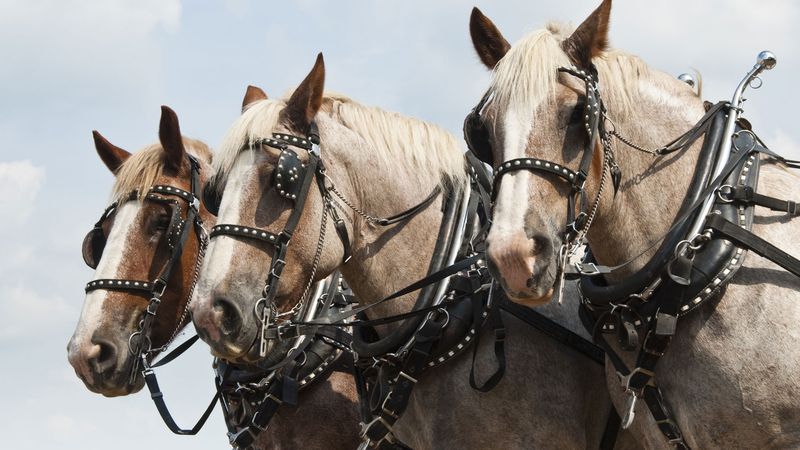
Michigan has 52,700 horses, found in its mix of rural and suburban areas. These horses reflect the state’s vibrant equestrian community. Minnesota’s 129,000 horses thrive, even in the state’s cold climate.
They are an essential part of the rural landscape, often seen in fields and farms. Mississippi is home to 34,200 horses, commonly seen in the state’s picturesque countryside.
These horses contribute to the charm and character of Mississippi’s agricultural areas.
10. Missouri, Montana, And Nebraska
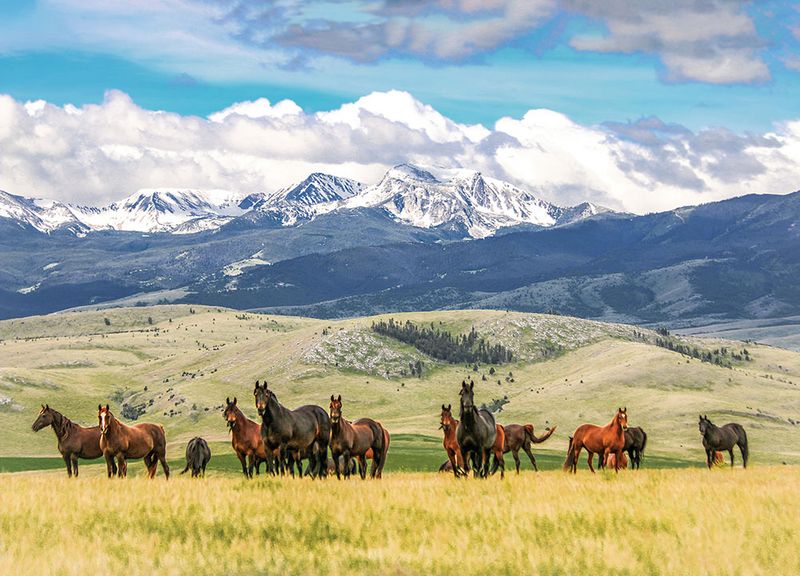
Missouri’s 281,000 horses thrive on the state’s lush farms and fields. They are a vital part of Missouri’s rural identity, seen in agricultural activities and local events.
Montana has 9,920 horses, often seen on wide-open ranches. Here, horses are more than companions; they’re essential partners in ranching.
Nebraska, with its agricultural roots, has 16,300 horses. These horses add to the state’s farming heritage, playing crucial roles in daily life and work across Nebraska’s farmland.
11. Nevada, New Hampshire, And New Jersey
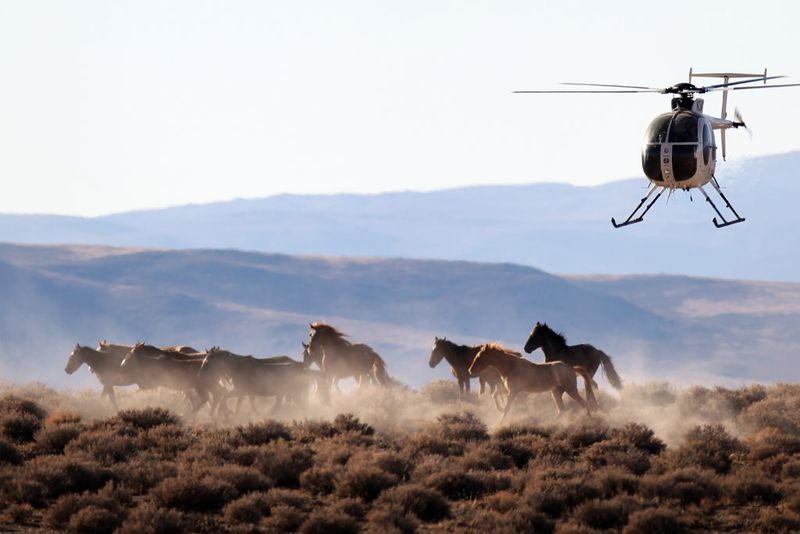
Nevada supports 70,900 horses, many roaming freely in the state’s vast deserts. These horses symbolize the wild spirit of the West, adding to Nevada’s rugged charm.
New Hampshire has 11,700 horses, often seen in rural areas. Here, horses are cherished for both leisure and labor, contributing to the state’s serene countryside.
New Jersey, despite its urban areas, supports 59,400 horses. Equestrian culture thrives in the Garden State, with horses playing key roles in both sport and recreation.
12. New Mexico, New York, North Carolina, And North Dakota
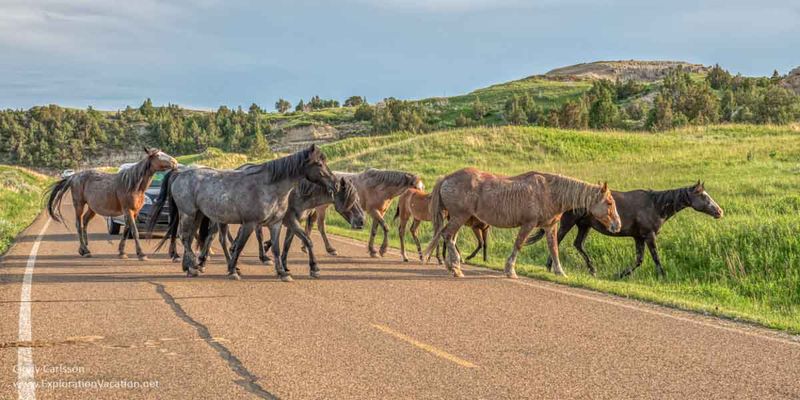
New Mexico’s 18,400 horses thrive in the state’s wide-open spaces, offering breathtaking rides across the desert landscape.
In New York, 128,000 horses find homes in both the bustling city and the peaceful countryside, showcasing versatility. North Carolina’s equestrian community is vibrant, with 256,000 horses enjoying the state’s scenic trails.
North Dakota offers a more subdued setting, with 15,800 horses gracing the plains. Each state presents a unique environment for these majestic animals.
13. Ohio, Oklahoma, and Oregon
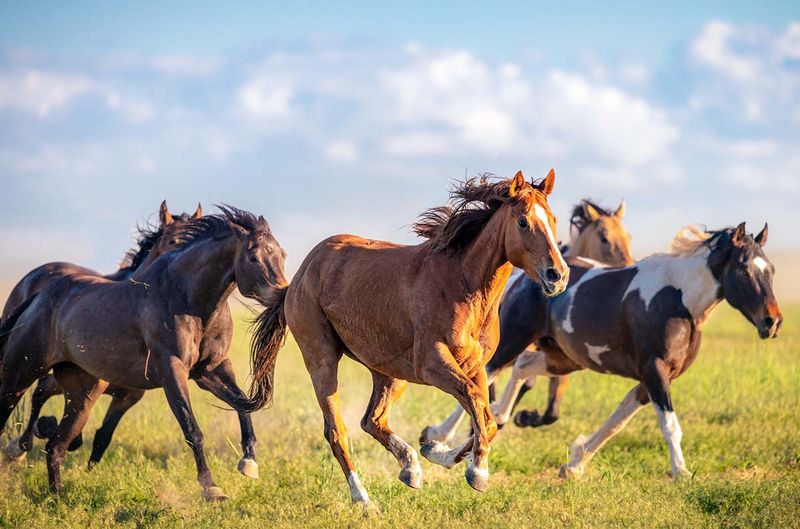
Ohio is home to 307,000 horses, making it a leading state in horse ownership. The equestrian industry here is robust, with countless events throughout the year.
Oklahoma’s 326,000 horses reflect its deep equestrian culture, thriving on expansive fields and ranches. These horses are integral to the state’s identity, celebrated in numerous rodeos and fairs.
Oregon, with its lush landscapes, supports 30,300 horses. These equines enjoy the state’s natural beauty, contributing to its diverse agricultural and recreational activities.
14. Pennsylvania And Rhode Island
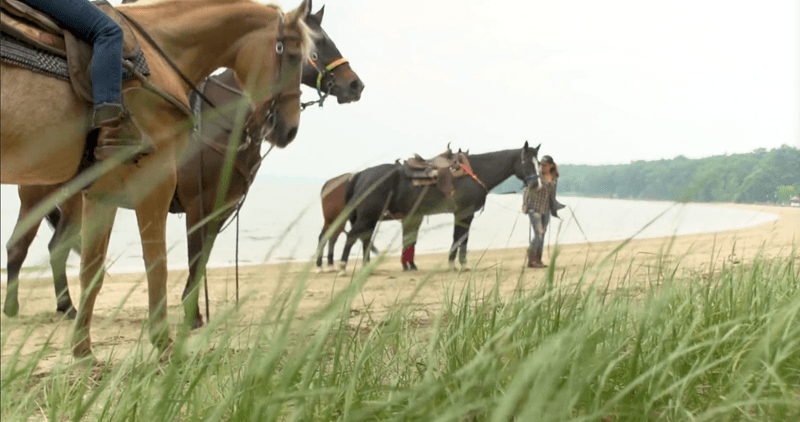
Pennsylvania’s 256,000 horses are a testament to its strong agricultural tradition. These horses are part of the state’s vibrant equestrian culture, seen in both competitive and leisure activities.
Rhode Island, the smallest state, hosts 2,600 horses in its limited rural areas. Despite its size, Rhode Island has a dedicated equestrian community, where horses play a significant role in local events and traditions.
The contrast between these two states highlights the diversity of equestrian life across the US.
15. South Carolina, South Dakota, And Tennessee
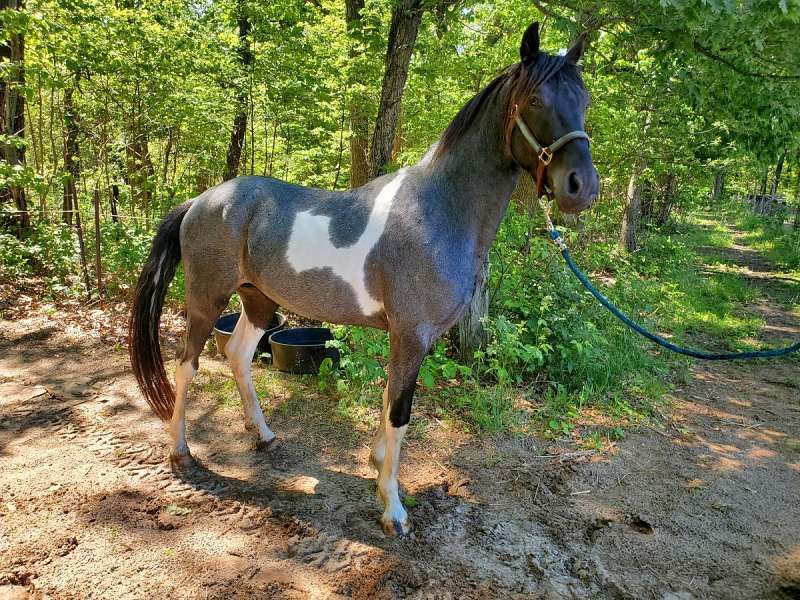
South Carolina is home to 67,400 horses, thriving in its mild climate. These horses are cherished residents, participating in various equestrian activities.
South Dakota, known for its wide-open plains, has 8,940 horses. The state’s vast landscapes are perfect for riding and ranching.
Tennessee supports 40,100 horses, reflecting its rich equestrian culture. From historical events to modern competitions, these horses are an integral part of Tennessee’s heritage, adding to the state’s charm and appeal.
16. Texas And Utah
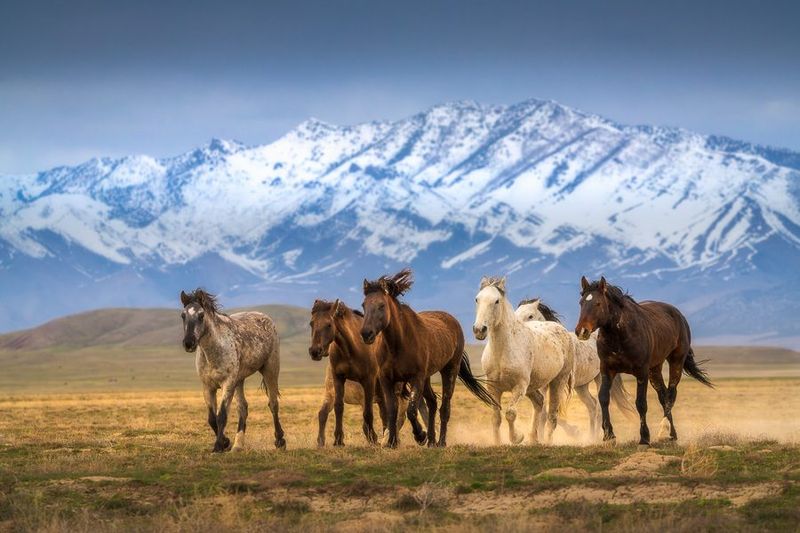
Texas is a horse powerhouse with 748,800 horses, the highest in the nation. From ranch work to racing, horses are an essential part of Texas life. They symbolize the state’s cultural heritage and rugged spirit.
Utah, with its rugged landscapes, has 31,600 horses. These equines enjoy mountain trails and open fields, offering diverse environments for both leisure and labor.
Together, Texas and Utah showcase the adaptability and importance of horses in different terrains and lifestyles.
17. Vermont, Virginia, And Washington
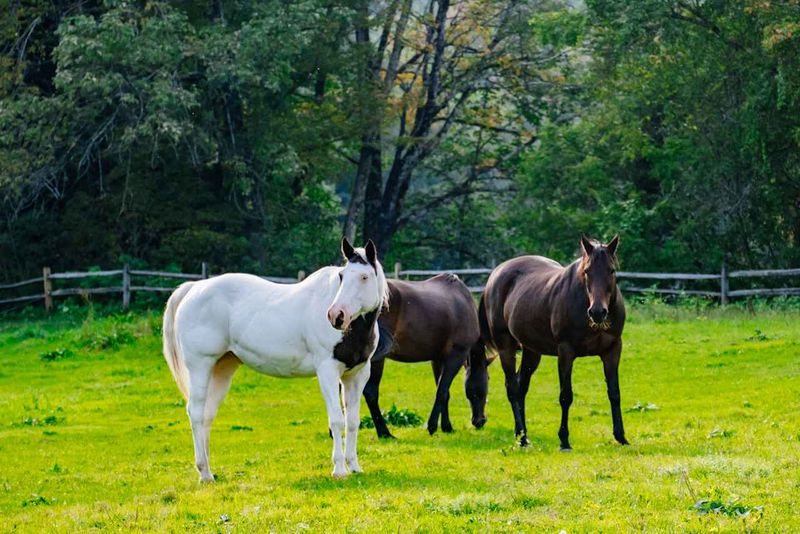
Vermont has 31,500 horses, often seen in its picturesque countryside. These horses add to Vermont’s idyllic landscapes, cherished by locals and visitors alike.
Virginia, with a rich history of horse breeding, is home to 45,800 horses. The state’s equestrian industry is thriving, with numerous events and farms dedicated to these majestic creatures.
Washington supports 37,000 horses, thriving in its mix of forests and fields. From trail riding to competitive sports, these horses contribute significantly to the state’s outdoor culture.
18. West Virginia, Wisconsin, And Wyoming
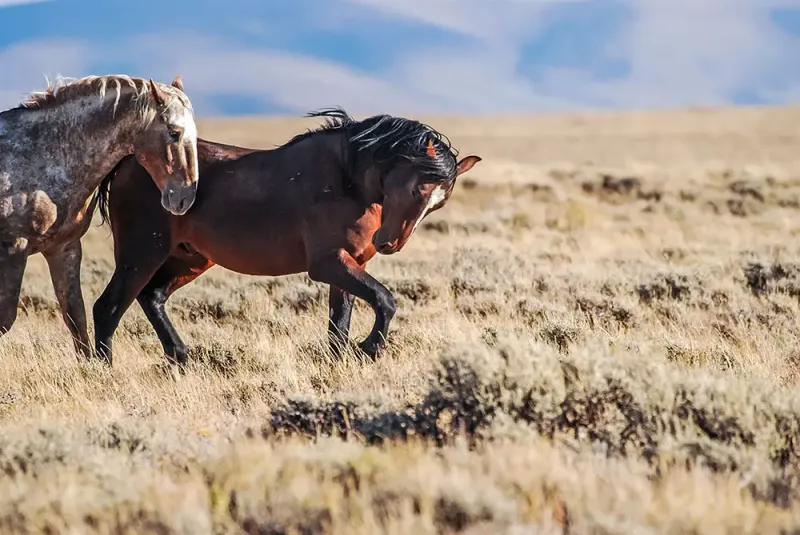
West Virginia has 26,200 horses, often seen in its rural regions. These horses are integral to the state’s agricultural activities and local traditions. Wisconsin, famous for its dairy farms, supports 38,400 horses.
These equines are part of the rural landscape, used in various farm operations and leisure activities. Wyoming, known for its cowboy culture, has 7,430 horses roaming the open plains.
These horses are a symbol of the state’s wild spirit, participating in rodeos and ranching events.



